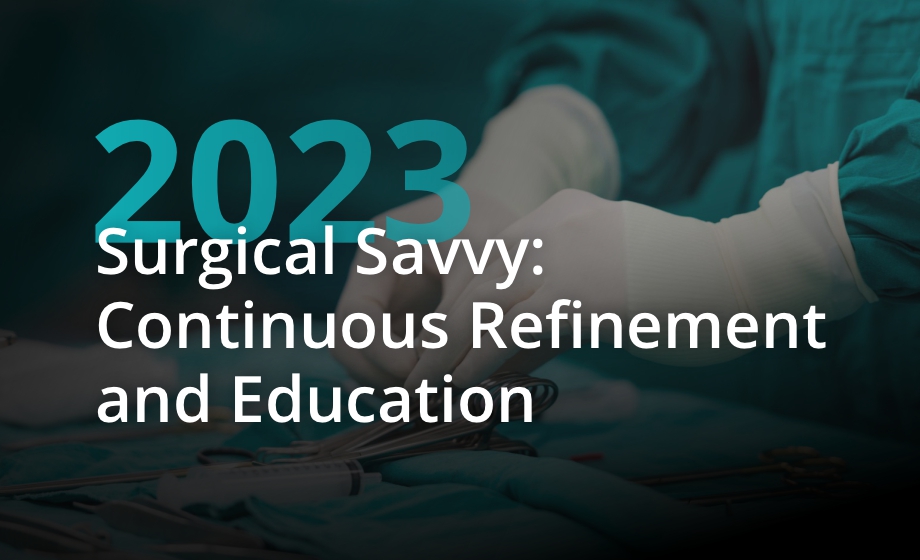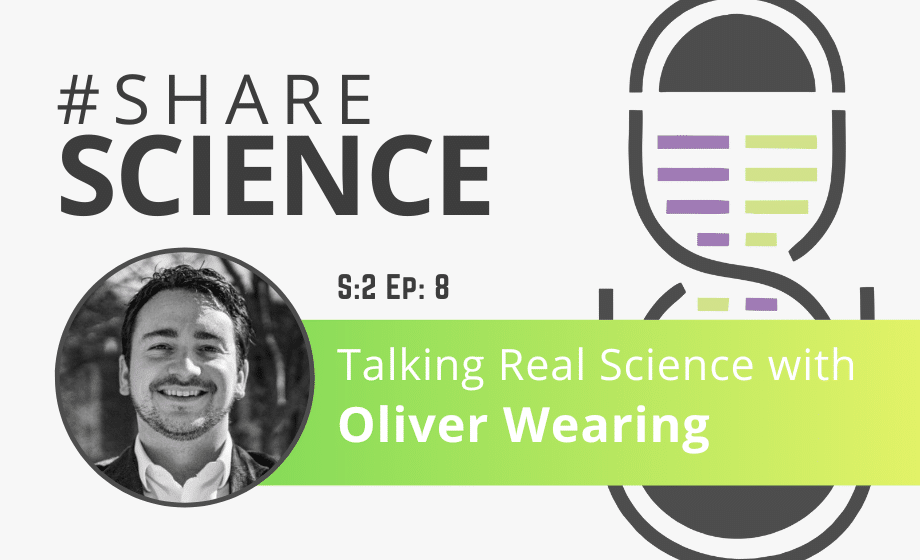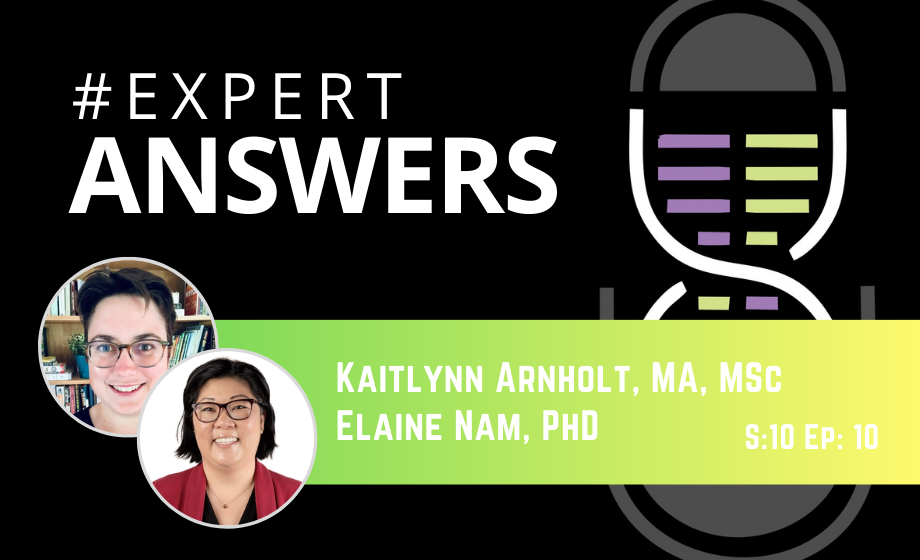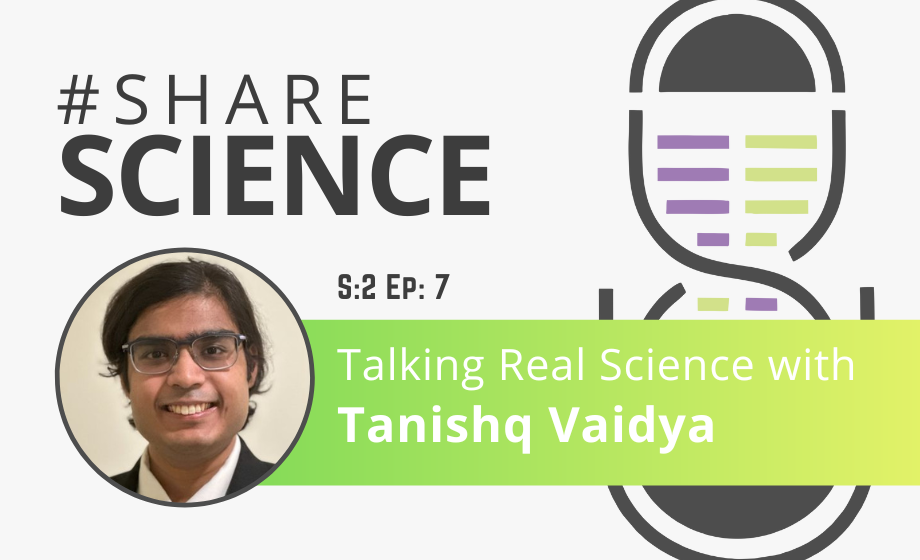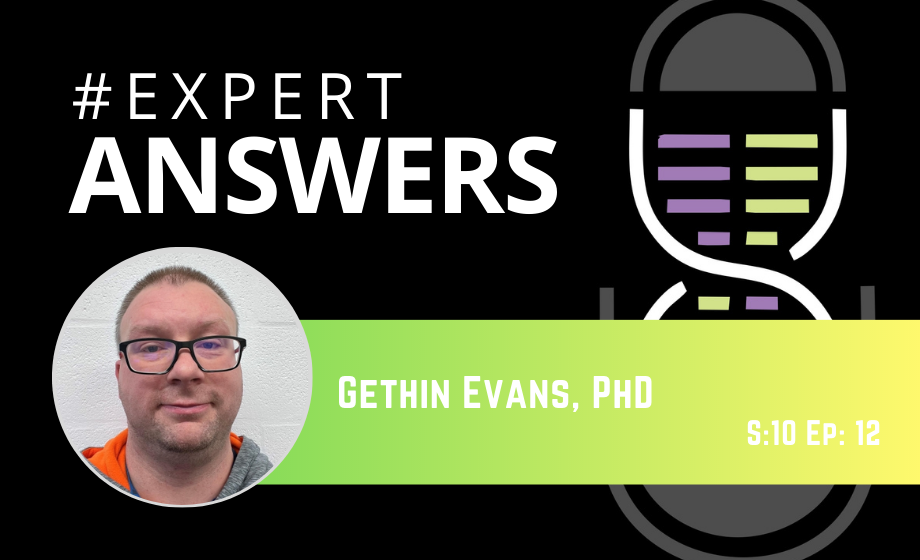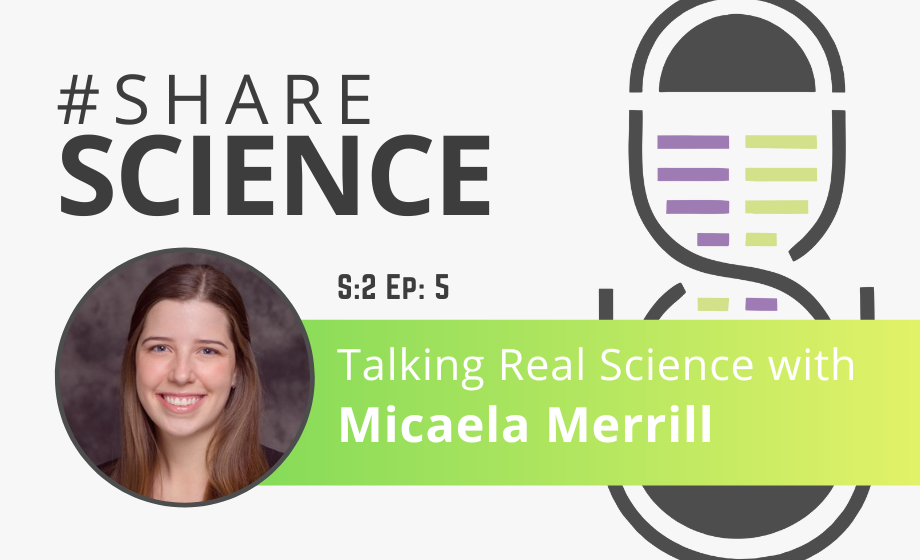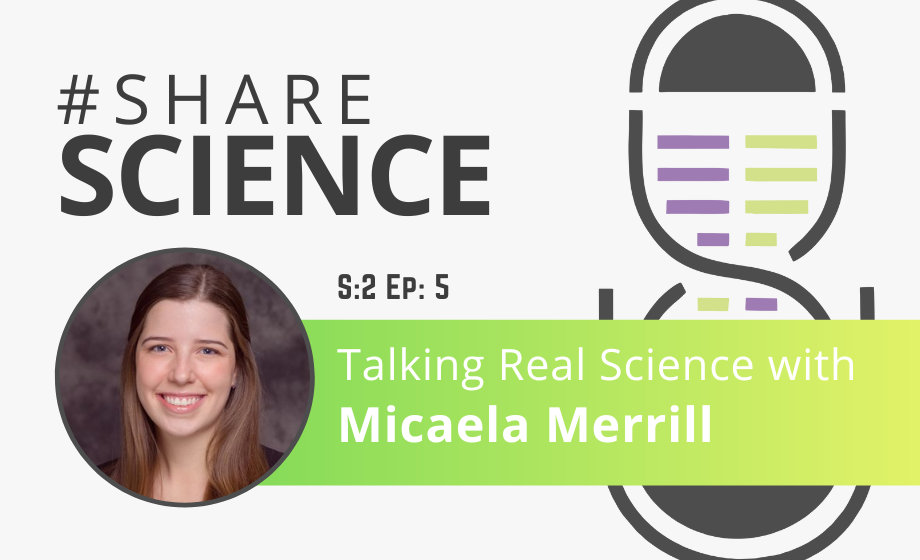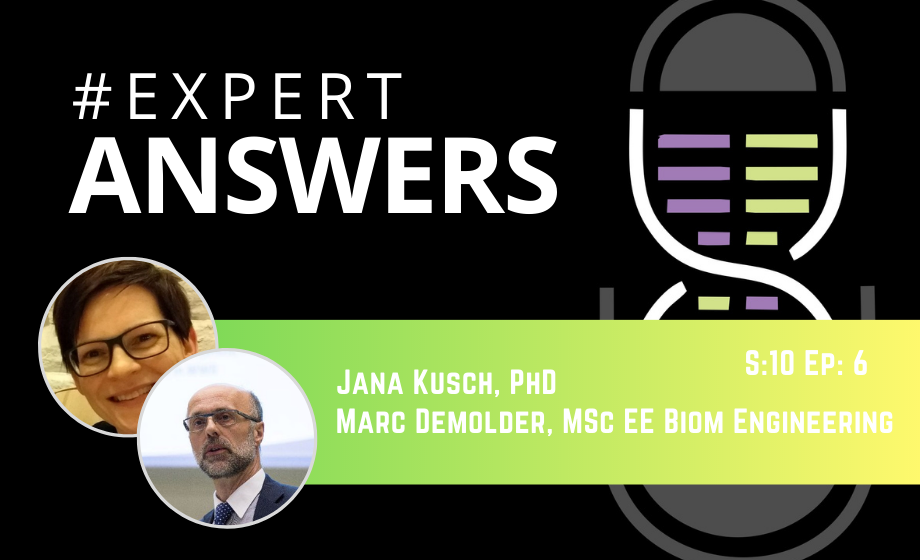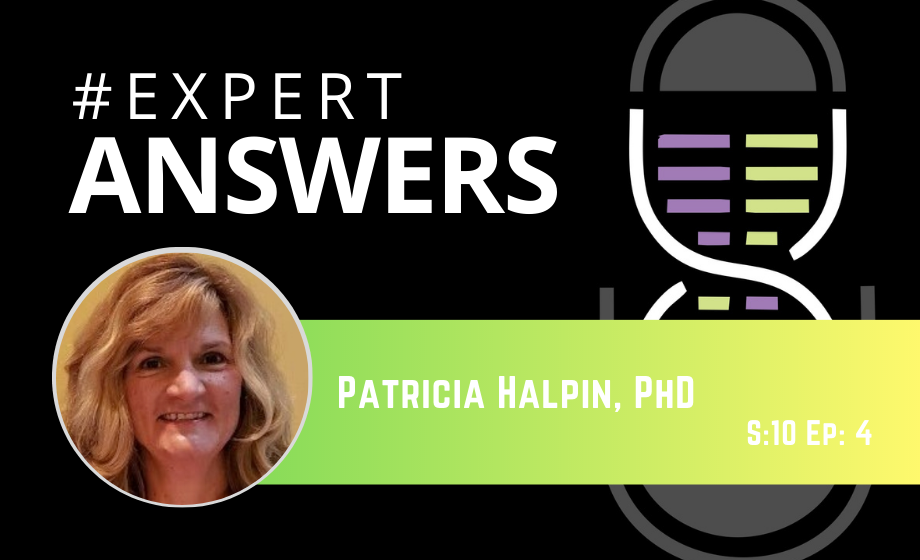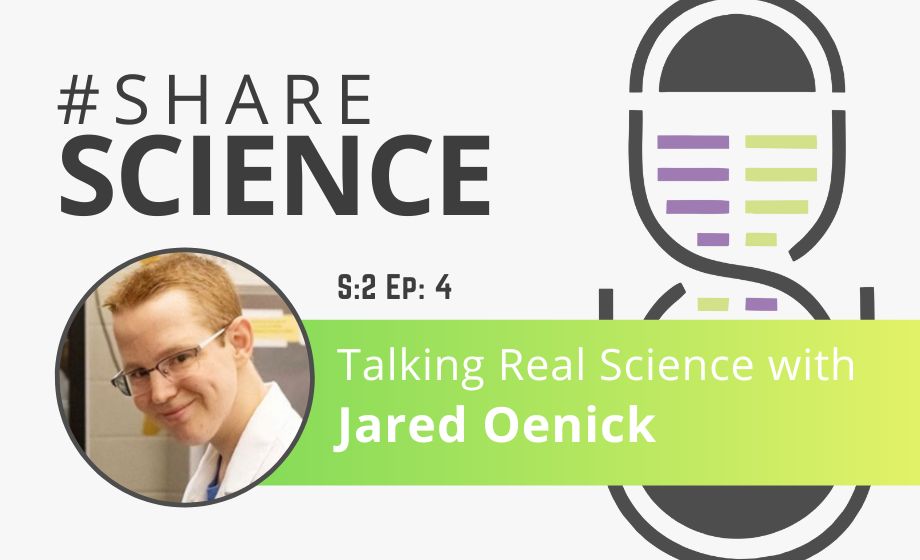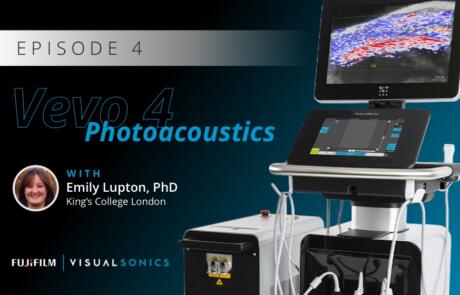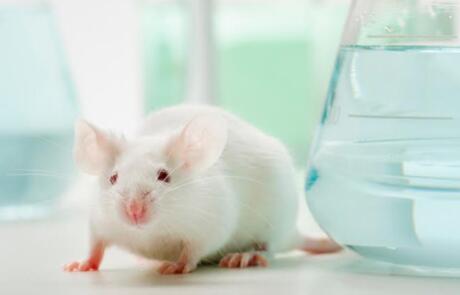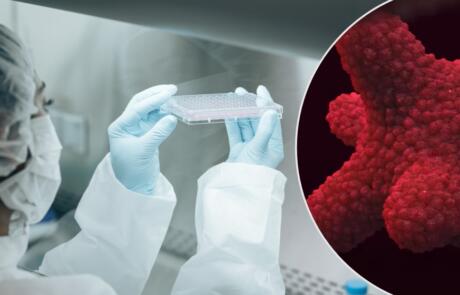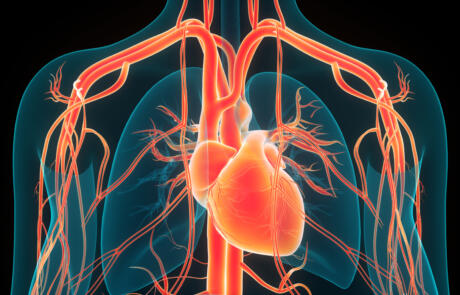#ExpertAnswers: Christopher Perry and Homira Osman on Integrating Patients, Clinical, and Advocacy Partners with Preclinical Research Labs
Dr. Christopher Perry, York University and Dr. Homira Osman, Muscular Dystrophy Canada answer questions from a recent webinar on how the integration of clinical, industrial, and not-for-profit advocacy partners with preclinical research labs offers great potential to improve our research impact.
Successful Modification of a Rodent Surgical Procedure and Device for Vascular Access in Minipigs (Vascular Access Button)
Adrian Zeltner answers questions on the innovative use of the Rat Vascular Access Button in Göttingen Minipigs to streamline blood sampling and infusion.
The Use of Vascular Access Buttons in Rabbits for PK/TK Studies
Jon Ehrmann, BS, SRS, SRA, LATg answers questions regarding use of vascular access buttons in rabbits as a solution to challenges in venipuncture, enhancing blood collection, and intravenous administration for pharmacokinetic studies.
Preparation for the Academy of Surgical Research’s Certification Exams
Lisa Johnson answers questions on the Academy of Surgical Research's (ASR) certification exams to prepare individuals on what to expect.
Indwelling Portal Vascular Access Ports: Application, Advantages, and Management
In this webinar, Melanie Graham, MPH, PhD highlights the benefits and reliability of using vascular access ports (VAPs) in animal models.
Successful Modification of a Rodent Surgical Procedure and Device for Vascular Access in Minipigs (Vascular Access Button)
Adrian Zeltner discusses the innovative use of the Rat Vascular Access Button in Göttingen Minipigs to streamline blood sampling and infusion.
The Use of Vascular Access Buttons in Rabbits for PK/TK Studies
Jon Ehrmann presents the use of vascular access buttons in rabbits as a solution to challenges in venipuncture, enhancing blood collection, and intravenous administration for pharmacokinetic studies.
Preparation for the Academy of Surgical Research’s Certification Exams
Join Lisa Johnson for a walkthrough of the Academy of Surgical Research's (ASR) certification exams to prepare individuals on what to expect.
Surgical Savvy: Continuous Refinement and Education
The Academy of Surgical Research (ASR), European Academy of Laboratory Animal Surgery (EALAS), and InsideScientific proudly present this 4-part webinar series focused on the ever-evolving world of research surgical techniques and practices.
Talking Real Science with Michelle Wong
Michelle Wong is one of 10 winners of the inaugural Scientist.com STEM Research NIL Award. In this episode, she discusses his current research interests, projects, and where the road lies ahead for her future career aspirations in STEM.
Talking Real Science with Michelle Wong
This episode of Share Science features Michelle Wong, a recipient of one of the $5000 Scientist.com STEM Research NIL Scholarships. In this interview, we discuss her current research, her experience growing up nearly blind, and how an experimental technology helped her regain her vision.
Talking Real Science with Oliver Wearing
Oliver Wearing shares what led him to study the relationship between cardiovascular physiology and the autonomic nervous system, how achieving his various positions and awards have allowed him to pursue his research goals, and where he hopes to take his work next.
#ExpertAnswers: Kaitlynn Arnholt and Elaine Nam on Lab-Based Learning
Kaitlynn Arnholt and Elaine Nam discuss how the collaboration between ADInstruments and Vernier Science Education enhances lab-based learning.
Talking Real Science with Tanishq Vaidya
Tanishq is one of 10 winners of the inaugural Scientist.com STEM Research NIL Award. In this episode, he discusses his current research interests, projects, and where the road lies ahead for his future career aspirations in STEM.
Talking Real Science with Tanishq Vaidya
This episode of Share Science features Tanishq Vaidya, a recipient of one of the $5000 Scientist.com STEM Research NIL Scholarships. In this interview, we discuss some of his pre-med challenges, and where he hopes to take his career as a physician-researcher.
#ExpertAnswers: Gethin Evans on Life Science Education Delivery
Gethin Evans delves into his experience teaching in the life sciences pre-, during, and post-pandemic and how his department invested in technology to assist with teaching content and delivery during the pandemic.
Simple Tips to Significantly Improve Rodent Surgical Outcomes
Marcel Perret-Gentil, DVM, MS, answers questions from a recent webinar on simple-to-implement techniques to significantly improve surgical outcomes, positively impacting your animal’s recovery and data.
Talking Real Science with Ellie Siebeneck
Ellie Siebeneck is one of 10 winners of the inaugural Scientist.com STEM Research NIL Award. In this episode, she discusses her passion for learning, mentorship and where the road lies ahead for her academic journey.
Talking Real Science with Ellie Siebeneck
This episode of Share Science features Ellie Siebeneck, a recipient of one of the $5000 Scientist.com STEM Research NIL Scholarships. In this interview, we discuss some of her current research projects, and her love of mentoring up-and-coming researchers.
Talking Real Science with Micaela Merrill
Micaela Merrill discusses her inspiration for science, as well as where she plans to take her career in the future. Her current project is a subset of a larger research story that seeks to understand the risk factors and comorbidities of PTSD in a metropolitan population of Black Americans.
Talking Real Science with Micaela Merrill
This episode of Share Science features Micaela Merrill, a recipient of one of the $5000 Scientist.com STEM Research NIL Scholarships. In this interview, we discuss some of her biggest inspirations, and where she hopes to take her research after graduation.
#ExpertAnswers: Jane Kusch and Marc Demolder on Technology-Enhanced Education
Jana Kusch, PhD and Marc Demolder, MSc, answer questions from a recent webinar where they discuss their experience with technology-enhanced education.
#ExpertAnswers: Patricia Halpin on the Uses of Technology for Teaching Physiology Online
Patricia Halpin answers questions from a recent webinar where she discusses how she harnesses technology to engage her physiology students in an online clinical pathophysiology course.
#ExpertAnswers: Marcel Perret-Gentil on Improving Surgical Outcomes
Marcel Perret-Gentil presents six simple-to-implement techniques to significantly improve surgical outcomes, to lessen post-op mortality and improve data yield after surgery.
Talking Real Science with Jared Oenick
This episode of Share Science features Jared Oenick, a recipient of one of the $5000 Scientist.com STEM Research NIL Scholarships. In this interview, we discuss what's inspired his academic journey thus far, and where he hopes to take his career after graduation.





